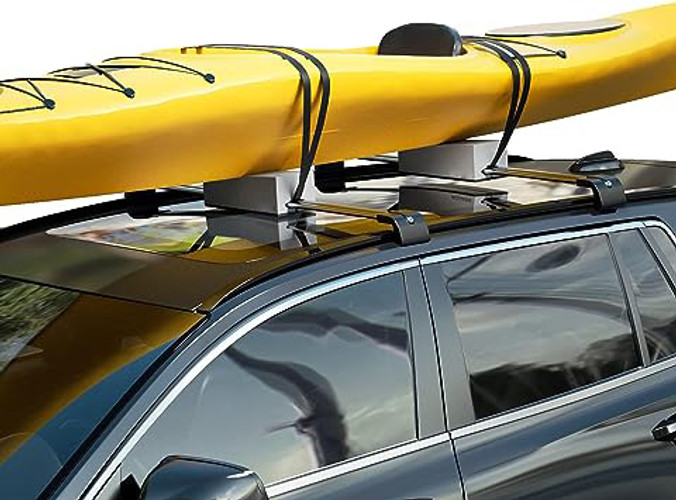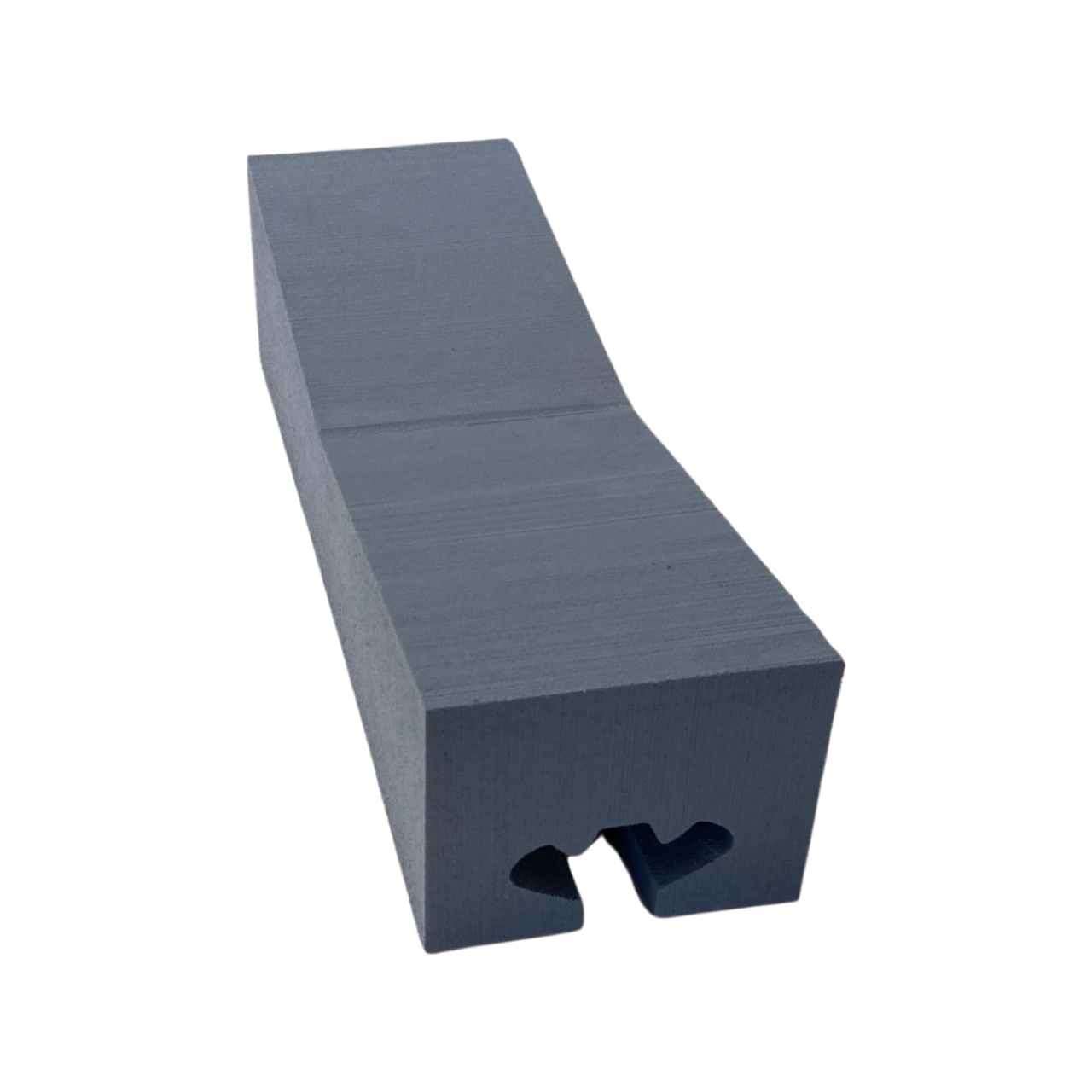Using Foam Blocks for Canoes, Kayaks, and SUP’s: A Comprehensive Guide
Posted by Paddle Pioneer on 2023 Aug 10th
Let's set the scene: It’s a beautiful sunny day, and the water is calling. You have your canoe, kayak, or SUP ready, but there's one little problem — no roof rack on your car. What do you do? Well, if you've never heard of foam blocks, prepare to have your mind blown. They're the unsung heroes of the watersport world.
The Importance of a Reliable Transport Solution.
The challenges of lacking a roof rack.
Have you ever faced the challenge of wanting to take your kayak or canoe out but found yourself restricted due to the lack of a roof rack? The frustration is real. You might think of using ropes or even considering buying a new car. But there's a simpler solution.
Benefits of using foam blocks
Foam blocks make it simple, inexpensive, and safe to transport your watersports equipment. They safeguard both your vehicle and your belongings, ensuring that you arrive at your destination without incident.
Foam Blocks: A Brief Overview
What exactly are foam blocks?
Foam blocks are essentially cushioned supports that sit between the roof of your car and your canoe, kayak, or SUP. They are intended to distribute the weight of the vessel equally in order to prevent damage.
Durability and materials
The majority of foam blocks are made of high-density foam, which can resist the weight of heavier boats without becoming compressed. They are water resistant, making them ideal for the work.
Steps to Use Foam Blocks with No Roof Rack
- 1. Kayak: Position foam blocks on the car roof—one near the front just behind the windshield and another at the rear, ensuring they don't rest on the glass.
Canoe: Attach foam blocks to the gunnels, adjusting the distance to fit your car roof. Maximum spacing is ideal.
- 2. Position your canoe or kayak so it's centered side-to-side on the vehicle. For an appealing look, always let the bow face the car's front.
- 3. Hold the strap's cam buckle end and gently toss the opposite end over the boat and car. To avoid window damage, never throw the buckle end. Ideally, position the buckle on the car's passenger side. This ensures if adjustments are needed during a halt, you're safe from oncoming traffic.
- 4. Open every door of your car. Access the tossed strap end from inside the vehicle.
- 5. Align the strap with the buckle so it touches the kayak.
- 6. Feed the strap (without the buckle) into the cam buckle. Always pull downwards to tighten. Introduce a twist in the strap between the kayak and the car entrance—it eliminates vibrations during drives.
- 7. Hold the strap and exert some pressure downwards to tighten. Ensure it's firm but not excessively tight. The aim is to secure the boat without damaging the car roof. Minor indentations on the roof are fine; they often pop out after releasing the strap tension.
- 8. Repeat steps for the second strap.
- 9. Make strap adjustments as needed, ensuring the protective pad under the cam buckle avoids friction against the boat.
- 10. Secure the boat further with bow and stern tie-downs attached to the boat's front and back handles using dependable knots. Many find it helpful to do this before the boat's loaded. Note: this step is crucial with foam blocks!
- 11. Fasten the bow and stern lines to your vehicle, using a truckers hitch for a snug fit. These act as a safety backup; hence they don't have to be extremely tight. The central cam straps primarily secure the boat. Avoid any loose rope ends; they can be hazardous during transit.
- 12. Finally, test your setup. Give the boat a firm tug. If there's movement, revert to step 7. Secure and travel with confidence!
Advantages of Foam Blocks
Accessibility and affordability
Roof racks are substantially more expensive than foam blocks, which can be obtained in most sports goods stores. They are a cost-effective option for infrequent visits.
Security and safety
The foam's cushioning effect protects your car roof from scratches and damages. It also provides a non-slip surface for your vessel, increasing safety during shipping.
Versatility
One of the best things about foam blocks is that they can be used for a variety of watercraft, including canoes, kayaks, and SUPs.
Potential Challenges and Solutions
Ensure a secure fit One common issue is that the vessel fits properly. The idea is to utilise the appropriate quantity of foam blocks and space them properly.
Weather-related concerns
Water damage prevention: Even though foam blocks are water-resistant, you should make sure your straps are tight enough to keep water from seeping between the vessel and your automobile.
Wind resistance: On windy days, make sure your vessel is properly fastened down to avoid being blown away.
Conclusion
Foam blocks are an underrated gem in the watersport world. They're affordable, versatile, and reliable, making them a perfect solution for those without a roof rack. So next time the water calls, you know you’re equipped to answer, even without that fancy rack!


